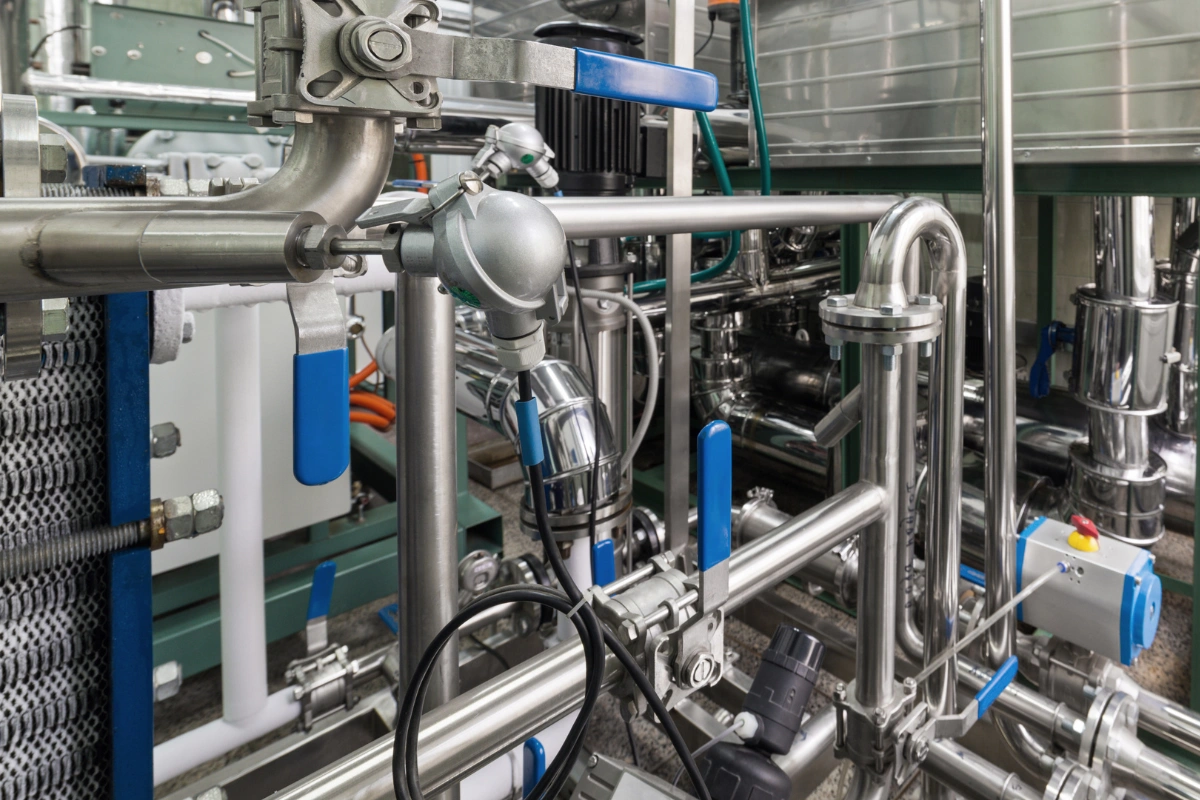Hydraulic power units, also known as hydraulic power packs, are fundamental components in hydraulic systems, used in a wide range of industrial and mobile applications. These units are responsible for generating, regulating, and distributing the hydraulic power needed to operate various actuators such as hydraulic cylinders and motors. Understanding how they work is essential to fully leverage their capabilities. Let’s discover how a hydraulic power unit works.
Main components of a hydraulic power unit
Oil reservoir
The oil reservoir is the container where the hydraulic fluid is stored, ensuring it is always available for the system and that there is always a sufficient amount of oil for continuous operation. The reservoir is equipped with filters to remove impurities from the fluid and vents to prevent internal pressure buildup.
Hydraulic pump
The hydraulic pump is the heart of the hydraulic power unit. It converts mechanical energy supplied by an electric or internal combustion engine into hydraulic energy, generating the necessary flow for the system. There are various types of hydraulic pumps, including gear pumps, vane pumps, and piston pumps, each with specific characteristics that make them suitable for different applications.

Control valves
Control valves regulate the direction, pressure, and flow of the hydraulic fluid within the system. Among the most common are directional valves, which control the flow of fluid to various actuators, and pressure valves, which maintain the system pressure within desired limits.
For more details on the components and operation of hydraulic power units, you can visit the Hydraulic Institute website.
How does it work?
The operating cycle of a hydraulic power unit can be divided into several stages: initially, the hydraulic pump draws fluid from the reservoir and pressurizes it, sending it through the system. Control valves direct the pressurized fluid to the actuators, such as hydraulic cylinders or motors, which perform the desired work, such as lifting a load or operating machinery.
Pressure and flow regulation
Pressure valves play a crucial role in maintaining the system pressure within predefined limits, preventing damage to components and ensuring safe operation. At the same time, flow valves regulate the fluid speed, thereby controlling the speed of the actuators’ movements. This balance between pressure and flow is essential for optimizing system performance.
Cooling and filtration
Hydraulic fluid can heat up during operation due to high pressure and flow. Therefore, many hydraulic power units are equipped with cooling systems to keep the fluid at an optimal temperature. Additionally, filters are used to remove impurities from the fluid, preventing premature wear of components and ensuring reliable and long-lasting operation.
Applications of hydraulic power units
Hydraulic power units are widely used in various industrial sectors, including manufacturing, metalworking, and material handling, to power machine tools, hydraulic presses, and automation systems.
They are also essential in the agricultural sector, powering equipment such as tractors, combine harvesters, and irrigation systems, improving operational efficiency and reducing manual labor.
Hydraulic power units are crucial in the construction sector, powering heavy machinery such as excavators, cranes, and bulldozers. They use hydraulic power to perform complex tasks like digging, lifting, and moving heavy materials, making construction operations faster and safer.

